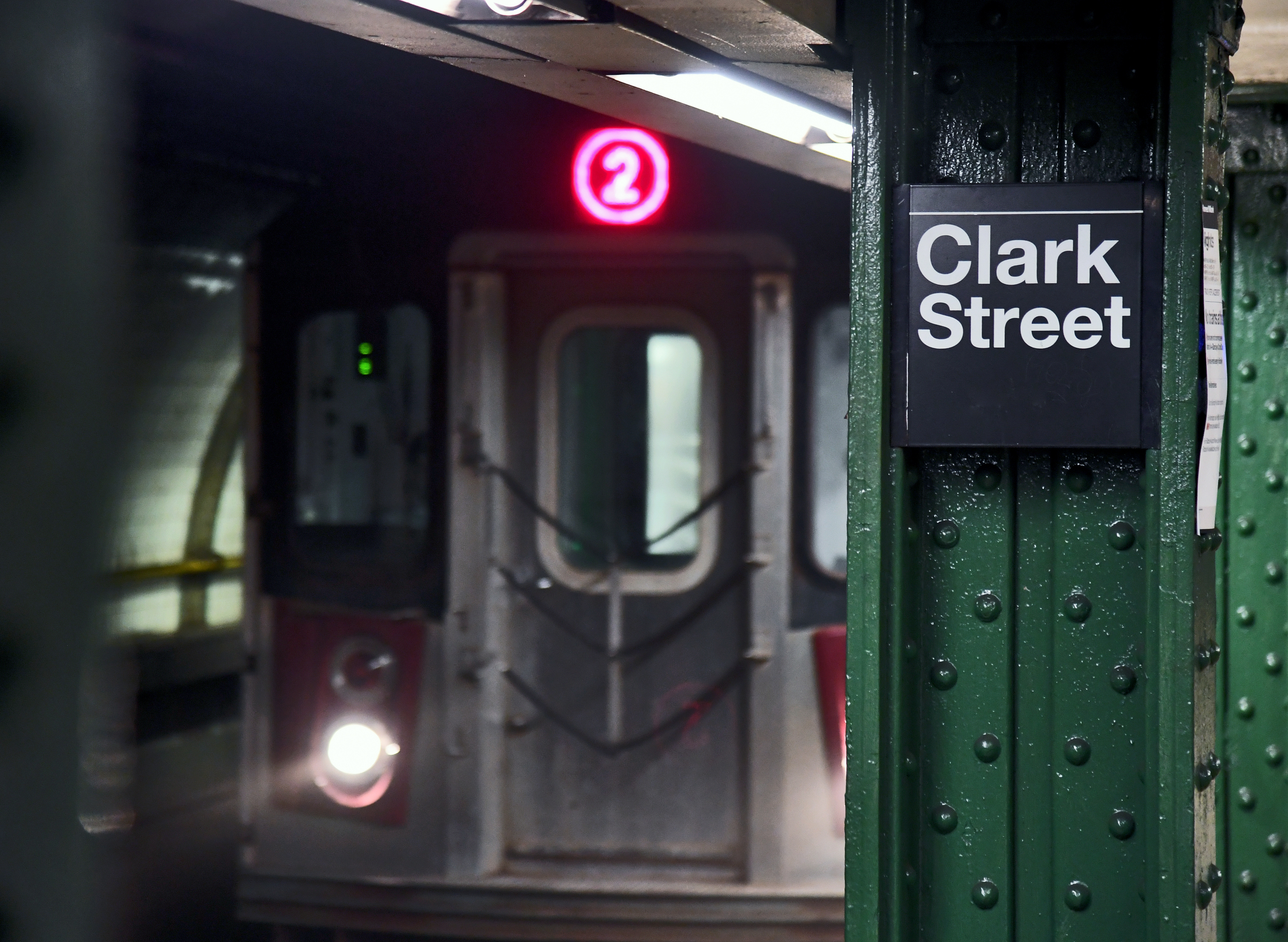Station Reopened on Schedule Following the Installation of Three State-of-the-Art Elevators
MTA Construction & Development Accelerated Replacement of All Three Elevators
The Metropolitan Transportation Authority (MTA) today announced that the Clark Street subway station in Brooklyn Heights reopened for service on Wednesday, May 4, following the replacement of all three elevators serving the station with new, state-of-the-art elevators. The closure lasted from Wednesday, November 3 through Wednesday, May 4. By replacing all three elevators at the same time, the duration of the project was dramatically accelerated, avoiding two years of service unpredictability.
Because Clark Street is a deep cavern station accessible only by elevator, subway service bypassed the station for the duration of the project. The closure lasted 183 days, and work was completed on schedule.
These elevator replacements were the latest milestones in the MTA’s ongoing plan to bolster elevator reliability at subway stations throughout the transit system as part of the Authority’s historic 2020-2024 Capital Plan.
“I am thrilled that we were able to reopen the Clark Street station on schedule - and within budget - to deliver Brooklyn Heights customers modern and reliable elevators for years to come,” said MTA Chair and CEO Janno Lieber. “This project shows how the MTA is making good on the commitment to deliver construction projects faster, better, and cheaper.”
“Enhanced elevator service at Clark Street is a big step forward in bringing a reliable transit system to our riders,” said New York City Transit President Richard Davey. “We are excited to welcome our riders back to this station.”
“Replacing century-old elevators with new, state-of-the-art elevators under a dramatically compressed schedule to minimize impacts to riders and the surrounding community is a monumental achievement,” said MTA Construction and Development President Jamie Torres-Springer. “By replacing all three elevators at once, we were able to accelerate these enhancements for customers, delivering a critical modernization project and bringing reliable service back to Clark Street in the shortest possible time.”
The elevators had been in service for more than 100 years and reached the end of their useful lives. In 2000, the station was bypassed for five months to replace controllers and cabs and repair three motors, but this most recent work constituted the first full replacement of the Clark Street elevator systems in over a century.
NYC Transit originally presented the community with alternatives that would have led to repair work lasting 22 to 24 months and would have attempted to maintain train service during construction work. Under these scenarios, technicians would have worked on one elevator at a time, leaving two elevators in service. But because two elevators are needed to safely maintain train service to this deep cavern station that lacks stairway access, crews would have had to suddenly and unpredictably suspend train service whenever one of the two remaining elevators was taken out of service.
